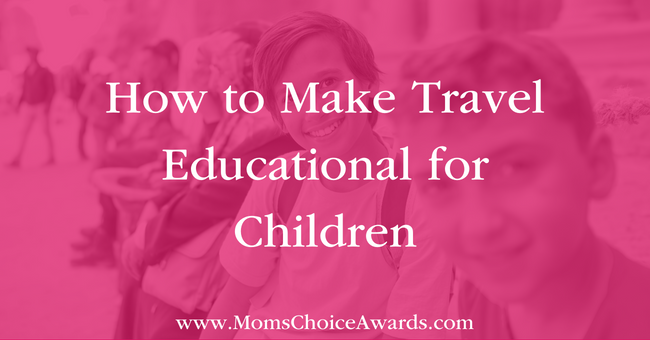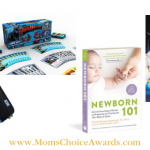 Andrea Gibbs
Andrea Gibbs
Blogger
For most people who travel, it is a big event and something to experience. It is an opportunity to see different parts of the world and cultures, go to places you might never otherwise see, or explore your native country in a way you have previously been able to. However, making travel an educational advantage for kids can be challenging, as it is hard to draw the line between having enjoyment and letting kids learn more about the world they live in. If you are struggling with how to make travel educational for children, don’t worry. This article will provide tips, ideas, and suggestions on making travel educational for your kids.
Pick Up a Friendly Book While Waiting In Your Hotel Room
While you are in your hotel room preparing for your trip or unpacking, go to the library or bookstore in your hotel and pick up a book that is relevant to the trip’s destination. For example, if you are going to London, look for a book on London. While in the hotel room, you can read this book to your kids while they are getting ready. Then, when you arrive at your destination and sightsee, your children will have an idea of what they are looking at.
But to make it more convenient, it is advisable to bring the book on the trip with you. This will save you money and time because you won’t have to spend more money to get a book when you are in your hotel room.
Get Hold Of A Map
Even in our world of technology, it is still important to show children how the world works by getting them to hold a real map and look at it for themselves so that they can see where exactly we are going or coming from. This can help them understand distances and areas better. Maps are also great conversation starters because you can ask many questions like “Where do you think we’ll go?” or “Are there any places you are excited to visit?” This will make the trip more exciting and fun for you and your kids.
Go Sightseeing
While sightseeing, use your kids’ familiarity with the destination to teach them about the place. For example, if you are going to the pyramids, tell them about how they were built and their significance to Egyptian culture. This will provide a deeper understanding of this place and make it more memorable for your child, in addition to providing an educational experience.
If your children are too young for such explanations, limit them to learning about shapes and colors that they see around them. For instance, while looking at the pyramids, you can say things like “These are triangles, and they have a long shape” or “These are squares, and they have a short shape.” This will help your little ones become more familiar with shapes and colors as well as get them excited about seeing new things.
Teach Them New Languages
You don’t need to be fluent in the language of the area you are visiting, but it is essential that you teach your little ones the basics of that language. This will help them feel more comfortable in this new place and make it easier for them to talk with people they meet. Just a few words of their native language could go a long way towards (making new friends).
Learn About The Local Culture
In every country, there is a different local culture to learn about. Teach your children about different cultural roles and how they differ from others. For instance, in some countries, women wear veils or hijabs. While these aren’t required most of the time, it is important to teach your children that this is something normal for that culture and that everyone in the area wears them. This will make your children feel more familiar with the area; if they are asked questions, they will know exactly what to say.
Final Thoughts
Making travel educational for children is a great way to get them interested in their surroundings. It is also important because they will be able to retain the experience better and share it with others in the future. If you are traveling with your children, look for these opportunities and make the most of your time together.

About Andrea Gibbs
Andrea is currently the head of content management at SpringHive Web Design Company, a digital agency that provides creative web design, social media marketing, email marketing, and search engine optimization services to small businesses and entrepreneurs. She is also a blog contributor at Baby Steps Preschool where she writes storytime themes, parenting tips, and seasonal activities to entertain children.
View all posts by Andrea Gibbs here.






